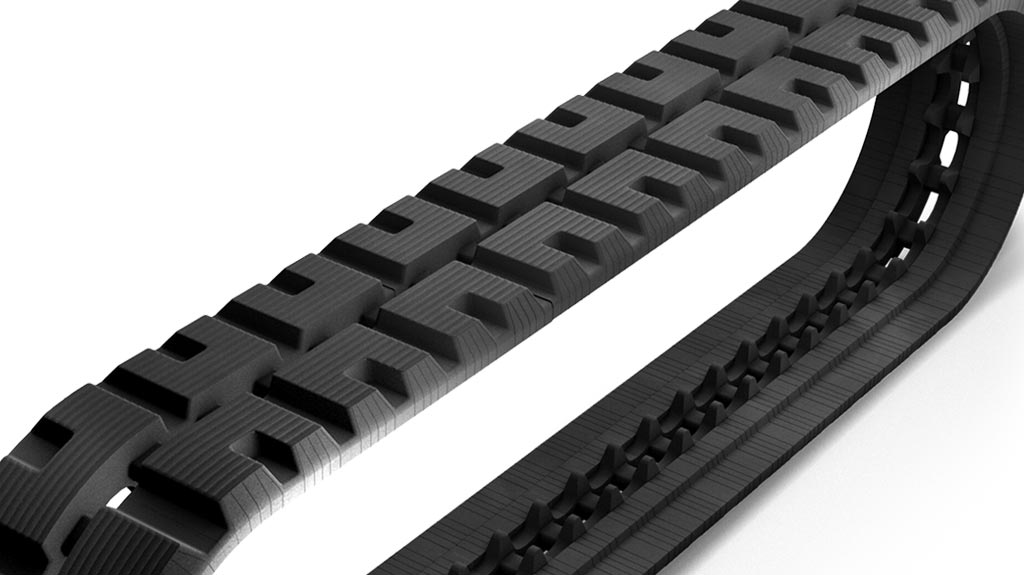MIG welding is a popular type of welding used for welding low-alloy steels. This tool is suitable for welding autobody parts and home-repair projects. The work process is easy to learn, which is why most welders use it as their main method of welding. If you are buying the best mig welders, you might need a guide to know which welding tool works best. This would also further give you insights on the features to ensure when buying. There are essentials of a MIG welding that you should not overlook. It is important to buy the appropriate MIG welder for the security of use. To make your choice a better decision, understanding the essentials could help. Familiarise the functioning capacity of the machine before buying, here’s a guide.
What is MIG Welder?
Metal Inert Gas (MIG) is a semi-automatic process that needs an inert gas and a welding gun to weld. It also comes with a feeding wire to carry out welding of metals of any thickness. The process has always been the best method for home use and industrial welding. This tool makes welding less troublesome and possible in all positions. There are advantages that you will get from using it which also why it is the frequent tool for welding works. If you are buying a new welder, you need to choose the right equipment. That means of ensuring many factors, here are the basics you should not overlook:
MIG Welder Amperage and Time
The right MIG welder for you depend on the work project you will be using it for. This will determine the amount of heat or amperage it needs to produce for a particular period. For thin metal, it needs less time for heating thus, you can get those light duty welder. But, for thicker metals, it requires nonstop heat for a long period which needs a heavy-duty gun.

The Gas Types (Argon and Carbon Dioxide)
MIG welding uses different gas types, and the two most popular are carbon dioxide and argon or a mixture of both. The argon suited only for non-ferrous metal like aluminum and not for steels. Its low thermal heat conductivity creates a narrow bead. Making it great only for a decent penetration in the center of the weld. And it won’t be able to provide enough penetration to weld a steel joint. Carbon dioxide for MIG welding uses a low-cost alternative to an argon mix. It gives a wide arc that is not stable and produces spatters.
MIG Welder Voltage
For home industrial welding, you might need a 230 volt or a multi-power option welder. But, if you are buying only for home use, the ideal is those with 115 volts or 120 volts MIG welder. It uses normal 3 pin household plugs suitable for home works. Also, this welder usually needs a plug outlet with 20 or 30 amps good ground connection fused. If you have 120 volts circuit available at home, then get a MIG welder that runs on 110 volts and at most of 120 volts.
MIG Wire
Your MIG welder needs a wire installed in the machine to feed through the MIG gun then into the weld pool. The wire sizes vary but, usually come with a roll of flux cored wire and some thicker wire for thicker metal. For the best quality welds, you better opt for thicker wire than having it low on a thinner wire.
The Spool Gun
MIG welder should have the right spool gun if welding of aluminum is what the project desired. This tool is optional as not all MIG welders need it to work.
Take note of these essentials to get the right welder for your project and to ensure quality safe.







